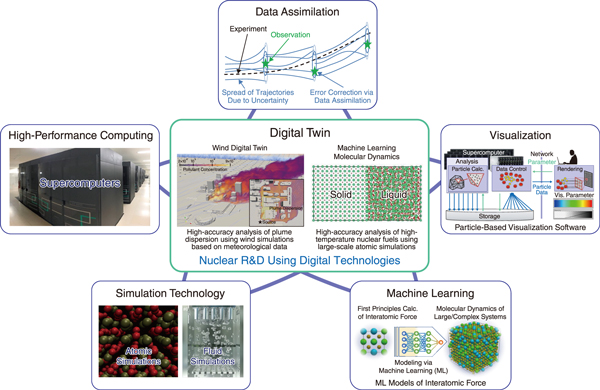
Fig.1 Computational science research at the center for computational science and e-systems (CCSE)
To promote the digital transformation (DX) of nuclear research and development, such as the decommissioning of nuclear facilities, environmental recovery in Fukushima, the safety of light-water reactors, new reactor designs, and geological disposal, the application of computational and data science approaches using supercomputers is crucial. For instance, the development of new machine-learning-based atomic and molecular simulation techniques can enable the accurate evaluation of the properties of nuclear fuels and structural materials, accelerating the research and development of new reactor designs. Additionally, real-time wind simulations assisted by observational data can lead to more reliable plume dispersion analysis.
To meet these technological needs, the center for computational science and e-systems (CCSE) actively engages in the research and development of (1) high-performance computing technologies and simulation techniques that leverage supercomputers to conduct accurate simulations, (2) data assimilation techniques that integrate simulations and observational data to create a digital twin, and (3) visualization technologies and machine learning methods for the huge data derived from simulations and observations (Fig.1). Since these technologies can be applied to various fields, CCSE promotes collaborations with academia, industry, and government to foster innovation.
In the fiscal year 2022, CCSE worked on three topics related to the development and application of high-accuracy atomic and molecular simulations. In Topic 6-1, a neural network was used to predict atomic interactions accurately, enabling large-scale molecular dynamics simulations and reproduction of the high-temperature properties of nuclear fuels. In Topic 6-2, first-principles calculations were performed to analyze the embrittlement of structural materials in contact with liquid metals-this phenomenon is a concern in new reactor designs. In Topic 6-3, the radium hydration structure in water was observed at SPring-8 and reproduced using first-principles calculations. In computational science, CCSE worked on two topics: In Topic 6-4, remote visualization software was expanded to enable virtual reality visualization using head-mounted displays. In Topic 6-5, a data transformation method using 16-bit operations for machine learning was devised to accelerate the matrix solver for large linear systems that arise in thermal-hydraulic simulations.
CCSE will steadily promote the research and development of computational science technologies necessary for DX of nuclear research and development and will actively implement the outcomes of this effort.